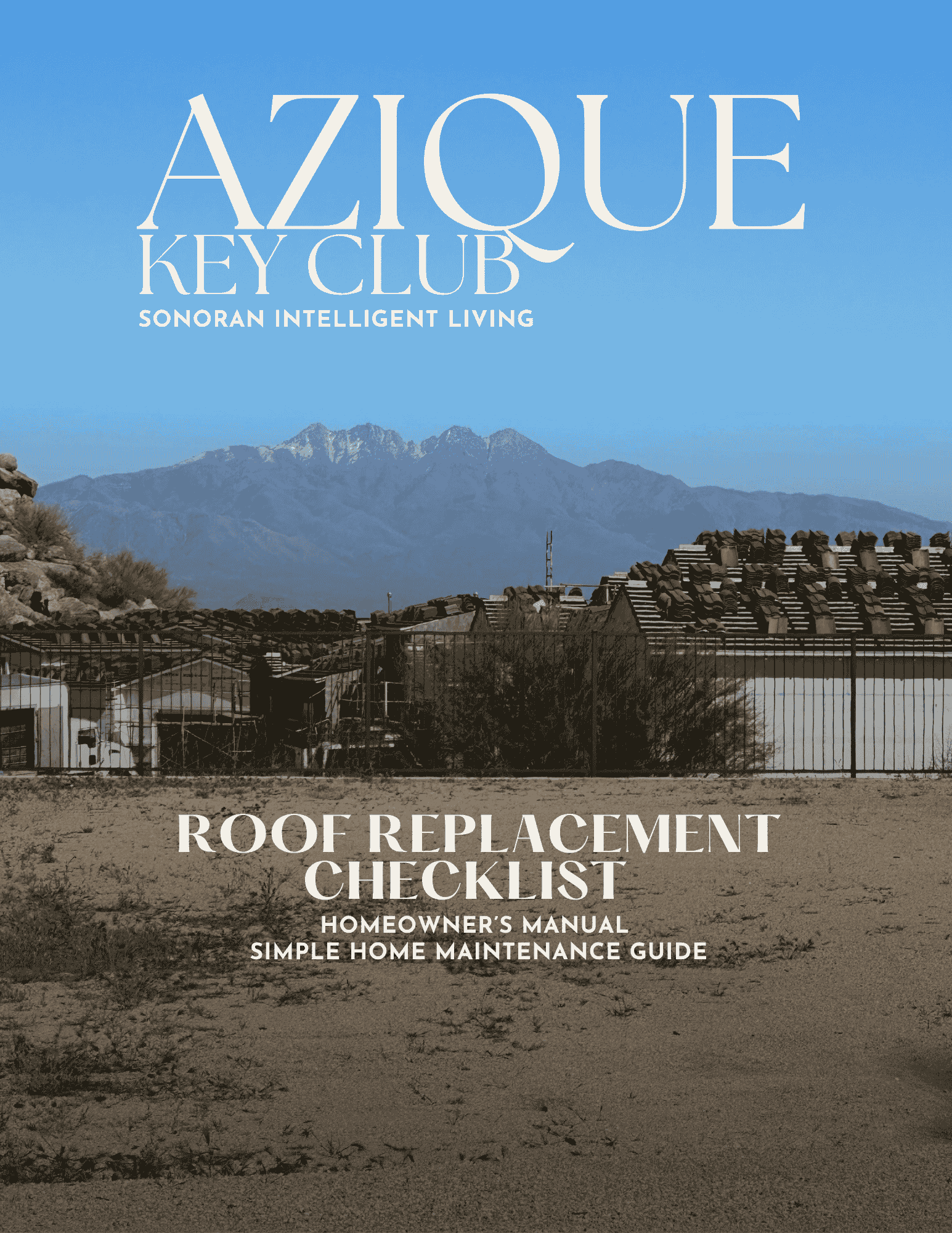
Researching a Home in large masterplanned Community

A comprehensive guide to help you navigate the research process when buying a home in a master-planned community
- Review the Community’s Master Plan – Research the overall development plan of the community, including its long-term goals and zoning regulations.
- Understand the Developer’s Reputation – Investigate the developer’s history and reputation in creating successful, sustainable communities.
- Research Community Growth and Expansion – Determine if the community is still being developed and if new phases are planned.
- Review HOA Rules and Regulations – Understand the community’s CC&Rs (Covenants, Conditions, and Restrictions), bylaws, and architectural review processes.
- Know the HOA Fees and Services – Understand monthly or annual fees and what they cover (landscaping, amenities, security, trash services, etc.).
- Check for Special Assessments – Inquire if there are any planned or special assessments for improvements or community projects.
- Understand Enforcement of Rules – Research how strictly the HOA enforces its rules, especially regarding property appearance, rentals, and renovations.
- Explore Available Amenities – Check for parks, playgrounds, walking trails, clubhouses, fitness centers, pools, and other community spaces.
- Review Maintenance of Amenities – Assess how well-maintained community amenities are, as this can affect the community’s overall appeal and property values.
- Understand Utility Infrastructure – Ensure that the community has reliable utility services (water, electricity, gas, internet, etc.) and how they are managed.
- Inquire About Future Amenities – Find out if new amenities or infrastructure improvements are planned for the future.
- Understand the Community’s Design Philosophy – Learn about the neighborhood’s overall design, including residential areas, commercial spaces, and green spaces.
- Evaluate Lot Sizes and Home Types – Research different types of homes within the community (single-family homes, townhomes, apartments, etc.) and the lot sizes available.
- Check for Mixed-Use Developments – See if the community includes any mixed-use developments with shopping, dining, or office spaces that could affect your living experience.
- Assess Privacy and Noise Levels – Investigate if there are noise buffers, privacy fences, or other features that could impact your living experience.
- Review Rental Restrictions – Many master-planned communities have restrictions on renting homes, so check if this will impact your ability to rent in the future.
- Understand Lease Terms and Lengths – Some communities restrict short-term rentals or may only allow long-term leases, so check if the rental policies align with your future plans.
- Research the Demographics – Understand the age groups, families, and general demographics of the neighborhood to ensure it matches your lifestyle.
- Look for Community Engagement – Investigate if the community has organized events, clubs, or neighborhood groups that can help you connect with your neighbors.
- Check for Proximity to Schools – Research local schools and their ratings, as this can affect your family’s experience and future resale value.
- Research Crime Rates – Investigate local crime rates in and around the master-planned community to ensure it’s a safe area.
- Inquire About Community Security – Check if the community has security features such as gated entrances, surveillance, or neighborhood watch programs.
- Understand Emergency Services Access – Confirm proximity to hospitals, fire departments, and police stations for peace of mind.
- Understand Property Tax Rates – Research local property taxes to ensure they align with your budget.
- Check for Local Tax Incentives – Investigate any local tax breaks or incentives for homeowners in the master-planned community.
- Investigate Local Ordinances – Check for any local ordinances that could affect your property rights or quality of life (e.g., noise, parking, or building codes).
- Review Local Master Plans – Research the long-term growth of the area surrounding the community, including potential developments that could impact your property value.
- Understand Potential Traffic and Congestion – If there are any major developments or road expansions in the works, understand how they could affect traffic in and around your community.
- Learn About Nearby Commercial Developments – Check if any major commercial developments are planned near the community, as they can impact noise levels, traffic, and property values.
- Talk to Current Residents – Speak with neighbors or current residents about their experiences living in the community to get an insider’s perspective.
- Research Online Reviews – Look for online reviews, forums, or social media groups discussing the master-planned community to gauge general sentiment.
- Evaluate the Developer’s Track Record – Research the developer’s history in creating and managing other master-planned communities to assess the long-term quality and sustainability of the neighborhood.
- Research Home Values and Trends – Look at recent sales data and trends in the community to understand home value appreciation or depreciation.
- Consider the Long-Term Marketability – Assess if the community will continue to be desirable as it develops or if its growth could impact future property values.
- Check for Community Perks – Look into the advantages of living in a master-planned community, such as a strong sense of community, higher-quality infrastructure, and long-term sustainability.
Pro Tip:
Buying in a master-planned community can provide a high quality of life and excellent long-term value, but thorough research is key to ensuring it aligns with your needs and lifestyle.



